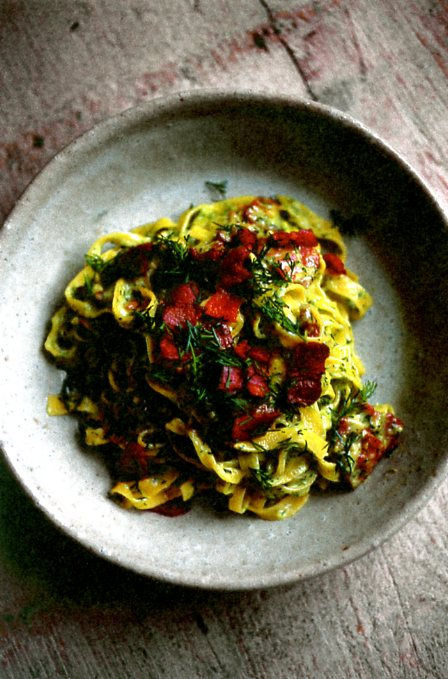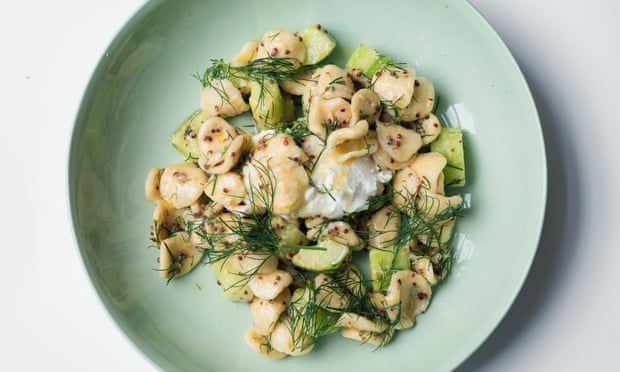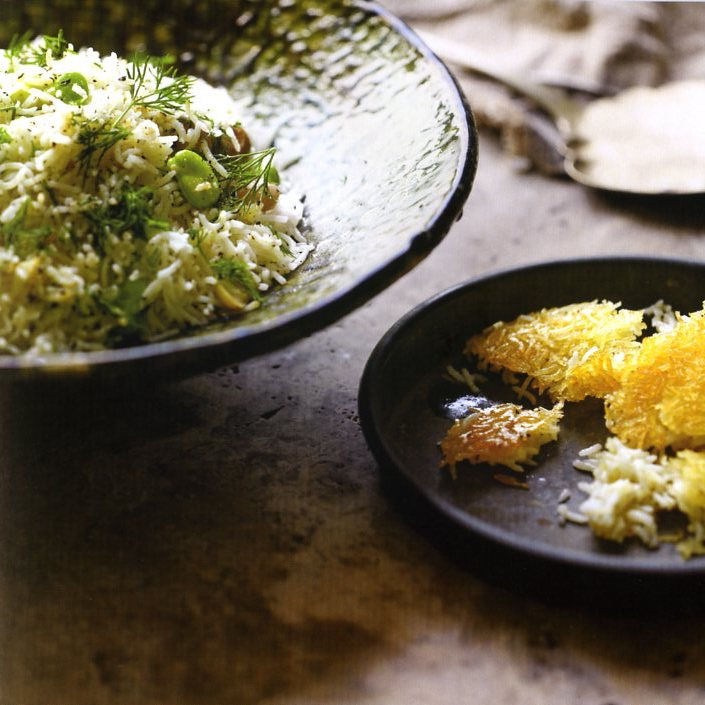Dill
- rosemarydearman1
- May 3, 2019
- 6 min read
"It ruins every hue of flavour it comes into contact with, clambering over all the other tastes and overpowering them with terrifying ease." Shaun Walker - The Guardian

"Dill is the herb that refreshes, that takes us to clear skies and bracing air. It's not resinous, but the fronds make me think of cool pine forests" Diana Henry - The Telegraph
Obviously another love it or hate it herb.
I don't think I've done dill before. I think I would have recognised all the various articles I encountered whilst researching, but if I have - apologies. It's getting difficult to remember now that I have done so many posts. And I didn't put in place any tags which would have allowed me to search what I have done before rather more efficiently. I thought a few broad categories would do. Never mind, one day when I really have nothing to do I might create some tags - more precise subjects.
I'm doing dill because I bought a bunch of it in the market the other day. I rather love it and in spite of all the websites saying it grows easily which is how it comes to be called dill weed - it doesn't grow for me. It's one of those herbs that just rapidly goes to seed and doesn't give me many leaves. The bunches you buy in the market are generously huge and thick with fronds, so I buy them fairly regularly, particularly if I have fish to cook, because we all know that it goes particularly well with fish. However, because the bunches are so big I am inevitably left with heaps and have to find something else to do with it.
I generally do the usual things - spanakopita and its various cousins, at Christmas I make gravlax, and I have two wonderful Madhur Jaffrey recipes that I love. The first is Chicken with fresh dill and the second is Chicken in a green sauce. The second is extremely easy, the first, slightly more complicated but not really. The other usual things when it comes to dill are anything with fish, dill pickles (pickled cucumber), and fritters of various kinds. So I thought I would try to find some other things to do with it.

Dill is related to parsley and carrots, (yes it goes well with carrots too) and looks very similar to fennel, with which it shares the aniseed flavour. But it's really not the same as fennel. It apparently doesn't like being moved, so if you are thinking of growing it, it's best to grow from seed. It's an annual but if you let some of the seeds fall off into the garden, then next year you will get more plants. And it is native to India and western Asia. Which I guess is why the Indians use it a fair bit. You can eat the seeds and the flowers as well, but I think I'm just going to stick to the leaves today.
Its name comes from northern Europe - they don't seem to be quite sure which bit, from a root something like 'dilla' which means to lull. It's been used from ancient times as a medicine for indigestion, as a sedative and to help nursing mothers produce milk. A real soother.

"Dill is a versatile herb. It can be a soft soother, augmenting rather than dominating other ingredients or, used generously, it can pack quite an aromatic punch. It's lovely when fresh, but perhaps because of its delicate astringency, it is also widely used in pickles and preserves. Leaf, flower and seed all contribute flavour in different ways." Pam Corbin - River Cottage A-Z
So why does something so lovely get used in Australia as a derogatory term - a dill is a complete idiot. Somebody really stupid. They don't really know where this comes from either. Maybe from dilly which might be a mix of daft and silly, or from the English/American word dilly which means a remarkable person - so that doesn't seem very likely. And then there's a dilly bag - which is an Aboriginal word for a woven bag for holding food. Also a big jump to the meaning of idiot. And it seems to be just the Australians and New Zealanders who use it in this sense. Possibly from the 1940s, which implies something to do with the war. Who knows.
Back to dill - the beautiful wispy herb.
Dill is used in everything in Scandinavia and in Eastern Europe and Russia - particularly Russia it seems where the Guardian's correspondent Shaun Walker complained of its liberal use on just about everything. I believe he has a twitter feed on the subject.
"Dill is everywhere in Russia. It’s the national herb, smuggled on to every plate as if it were merely seasoning, rather than a ruthlessly aggressive flavour capable of sabotaging any dish with just a few of its spindly fronds. A Reuters investigation once found that the average Russian eats enough dill each year to fill a large suitcase." Shaun Walker
Lots of other sources agreed that in Russia it was ubiquitous, but they were not all quite as repelled. Some even liked it.
"At dinnertime, we roasted potatoes over a primitive grill, and I was handed one, singeing my palm, along with a stalk of dill. “Bite one, then the other,” Asya said. So I did, and Russia came into focus around me with each grassy, acidic bite." Talia Lavin - New Yorker
And it is interesting how sometimes a herb can symbolise a country - with dill it's the same in any Scandinavian country where fish, fresh, pickled, dried and smoked is such a common food and for which dill has such an affinity. Together with the mustard and cucumber.

In Italy of course it's basil, and one of the most interesting recipes I found was from Nigel Slater doing pasta - not commonly associated with dill in which he acknowledged the Italian love of basil.
"dill is my first choice to toss with cream, grated cheese and ribbons of fettuccine or tagliatelle. Even more than basil. (The rustling sound you can hear is millions of Italians turning in their graves.) Add bacon to that, crisp and cut into small pieces, and you have what might just be my favourite pasta dish of all." Nigel Slater
He calls it simply, Pasta with dill and bacon. And I'm sure its worth a try.

He also has another Mediterranean sounding dish - Potatoes, anchovies, dill which is incredibly simple.

And finally, still keeping with the Italians Orrechiette with dill and cucumber which is a tantalising mix of hot orecchiette and ice-cold cucumber and dill. Sort of Scandinavia meets Italy. Hugh Fearnley-Whittingstall does this too with a salsa to serve with fish, consisting of chopped dill, garlic, capers, mixed with oil, lemon juice and zest, a pinch of sugar and salt and pepper.
"I think of it most, though, as the herb that loves whiteness. It's so often mixed with foods that are white and slightly sour – buttermilk, sour cream, kefir, Greek yogurt and feta" Diana Henry - The Telegraph
Maybe Nigel Slater cottoned on to this. But in any case, in some ways the most interesting ways of using dill come from the Middle East and India. But maybe that's just me being a victim of current food fashions.

Greg Malouf offers a classic Persian dish - rice with broad beans, borlotti beans and dill - Bhagali pilaw. The borlotti beans are a Greg Malouf addition to a classic recipe, which is what I so like about his food. Classic but different. Difficult to try in this house though because I have a husband with an aversion to broad beans.
The Persians are lavish with their use of herbs and dill is one of their favourites. So if you are interested in learning more just google it.
But here is just one last 'odd' recipe from that part of the world - Grape leaf pilaf. Interesting and coincidental in the light of my recent post on vine leaves.

I also browsed my recipe database which is mostly recipes gleaned from delicious magazine and so contemporary Australian food really. Food with influences from everywhere, and yet somehow Australian.

The first, is superficially Indian - Dill salmon tikka and next time I have some salmon I may well try this. It looks absolutely scrumptious. As does the Hot smoked salmon cheesecake which I may well try this weekend. We have some friends coming for lunch to talk about France and where they could go, and this would be the perfect dish.

But then again it's a cold dish and the weather has now definitely become cooler. So I might go back to the Greeks and make some kind of spanakopita - because I have a big bunch of spinach too.
So many delicious things you can do with dill - go to the market and buy some.
And apologies, this just turned into another potentially boring list of recipes. Still it might give you a few ideas.












Comments